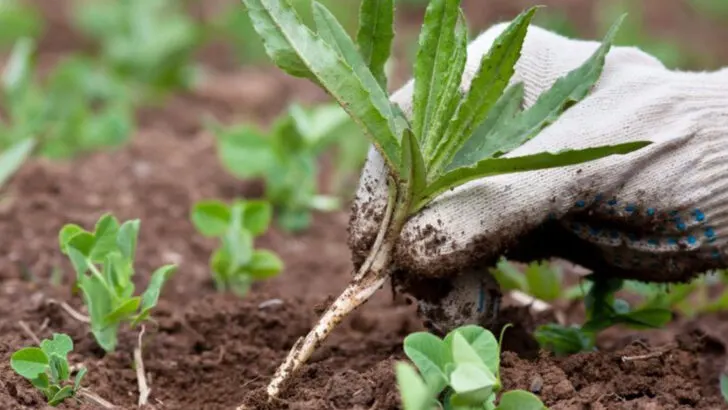Some parts of gardening are easy to plan for planting, watering, harvesting. They’re the obvious tasks that show up on every to-do list. But then there’s the other stuff. The little things you don’t really think about until you’re an hour in with dirt under your nails, wondering where the day went.
It’s those underrated, often invisible jobs that quietly eat up your time. Straightening leaning stakes, deadheading just a few more flowers, or constantly clearing space for tools that never seem to be where you left them. These tasks might not get the spotlight, but they pile up fast. Here are 18 of the most overlooked garden time-thieves that have a sneaky way of taking over your day.
Weed Control
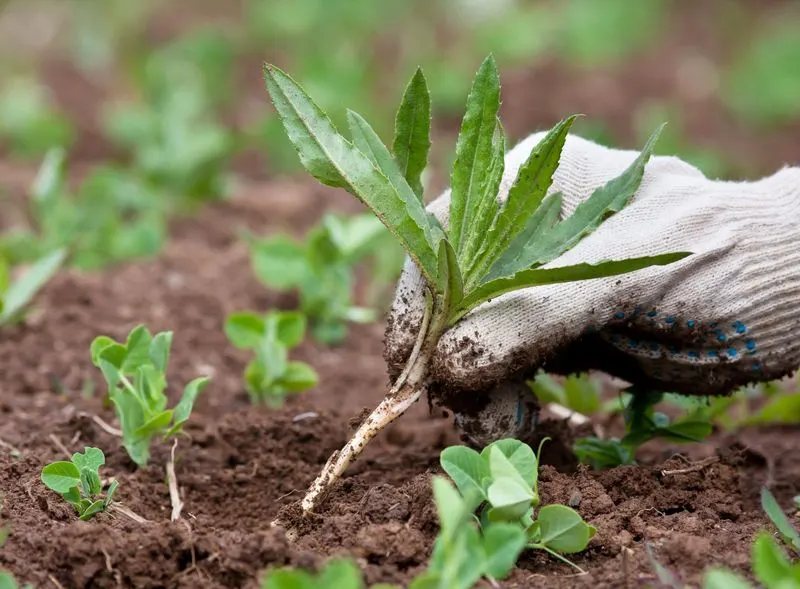
Weeds might be small, but their impact on garden health is substantial. Every gardener knows the persistent battle against these unwanted plants. Pulling weeds can be a meditative process, offering time to reflect and connect with nature. However, the time commitment is significant. Regular maintenance is key, as weeds can quickly take over. The process involves not just pulling them out but ensuring the roots are fully removed to prevent regrowth. Keeping a garden weed-free requires diligence, yet the reward of a thriving garden makes the effort worthwhile.
Soil Testing
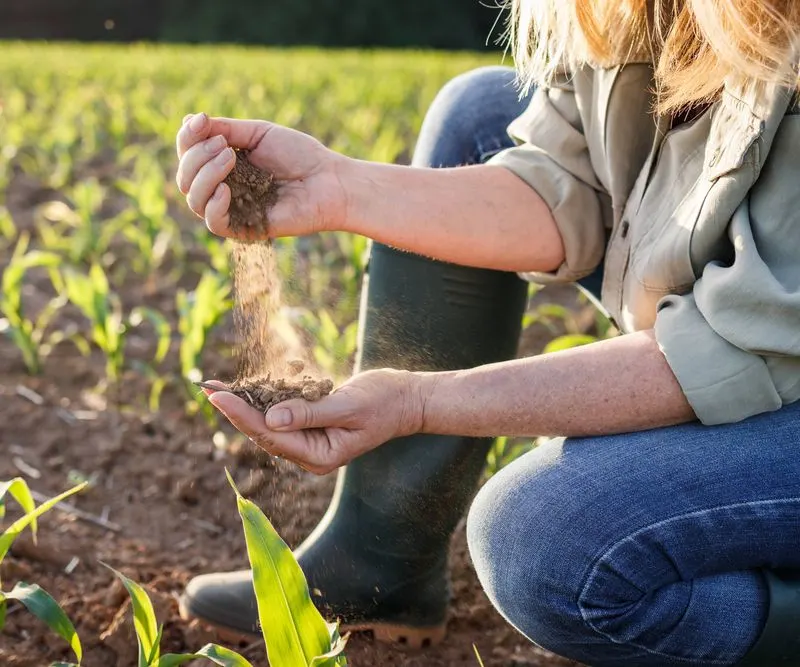
Understanding your soil’s health is akin to knowing your garden’s lifeline. Soil testing reveals vital information about pH levels and nutrient content. This knowledge allows for tailored fertilization, ensuring plants receive what they need to thrive. While testing might seem tedious, it prevents future problems and supports robust plant growth. The process involves collecting samples, using a test kit, and interpreting the results. Regular testing can save time in the long run by preventing nutrient deficiencies and imbalances.
Pruning and Deadheading
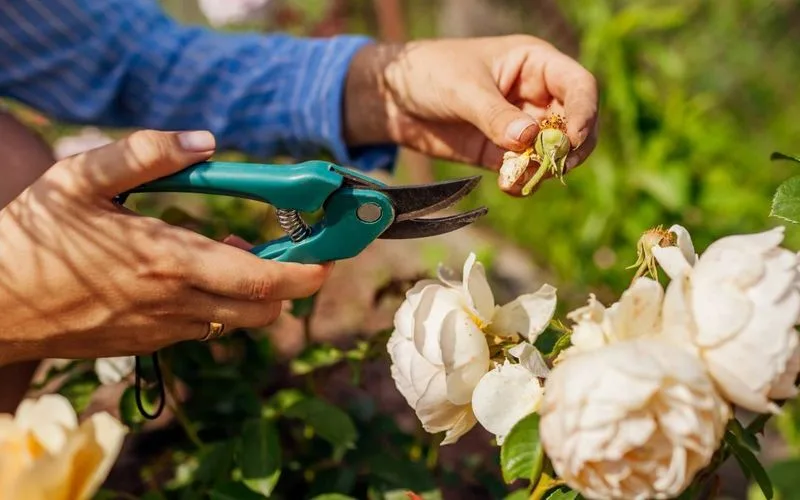
Pruning and deadheading are essential for plant health and aesthetics. Pruning involves cutting back overgrown branches, while deadheading refers to removing spent flowers. These tasks encourage new growth and prevent disease. They require precision and patience, as improper cuts can harm plants. Despite the time investment, the results are rewarding. A well-pruned garden looks tidy and blooms more profusely. Regular attention ensures plants remain vigorous and disease-free.
Pest Monitoring
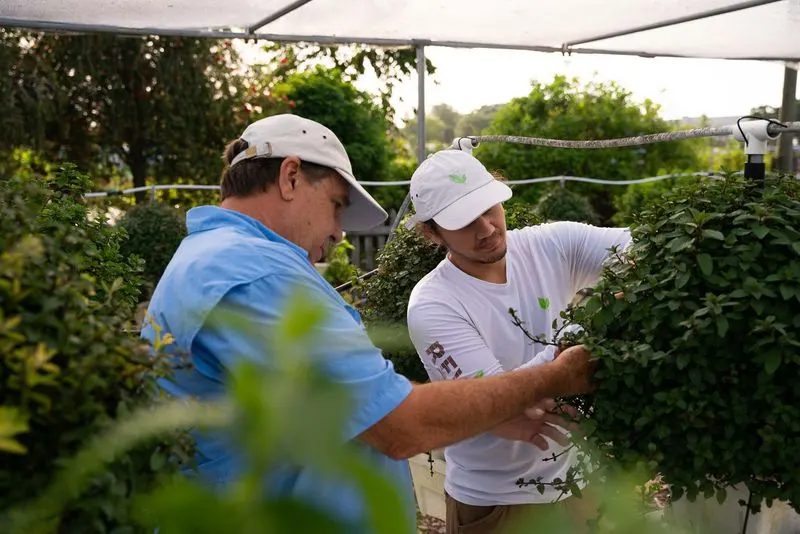
Keeping an eye on pests is crucial for garden health. Early detection can prevent infestations from spreading. Monitoring involves checking leaves and stems for signs of damage or insects. It requires a keen eye and regular attention, as pests can be elusive. Various methods, such as traps and beneficial insects, aid in control. Though time-consuming, early intervention saves plants and reduces chemical use. A vigilant gardener can maintain a healthy, thriving garden.
Compost Turning
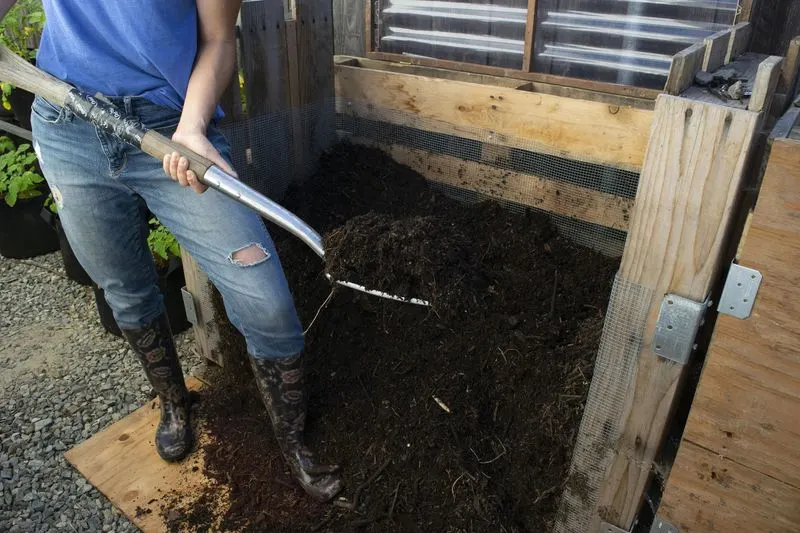
Composting is nature’s recycling system, transforming waste into valuable soil. Turning the compost pile aerates it, speeding up decomposition. This task, while physically demanding, enriches the soil with nutrients. A well-maintained compost pile can reduce the need for chemical fertilizers. Regular turning ensures even breakdown and prevents unpleasant odors. As the compost matures, it becomes a rich, black gold for plants. The effort invested in composting pays off with healthier soil and robust plant growth.
Irrigation Maintenance
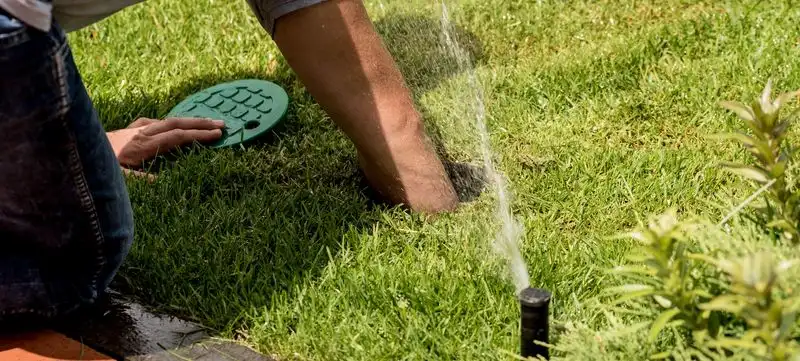
Irrigation is the lifeline of a garden, ensuring plants receive adequate moisture. Maintaining these systems involves inspecting for leaks, blockages, and uneven coverage. A well-functioning system saves water and prevents plant stress. While maintenance may seem mundane, it ensures efficiency and reduces water bills. Regular checks prevent overwatering and wastage. An efficient system supports plant health, leading to lush growth and vibrant blooms. Managing irrigation is a time-consuming task, but its benefits are substantial.
Mulching
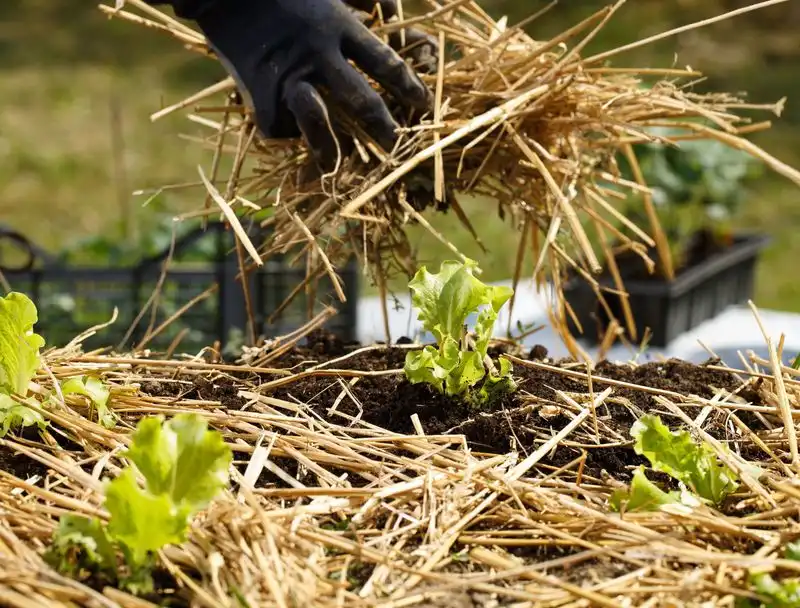
Mulching is a simple yet effective way to conserve moisture and suppress weeds. It’s a protective blanket for the soil, helping to regulate temperature. Applying mulch involves more than just spreading; choosing the right material and applying the correct thickness is crucial. While the task requires physical effort, the benefits are long-lasting. Mulch reduces the need for frequent watering and weeding, saving time and effort. A well-mulched garden is healthier and more resilient to weather changes.
Seed Starting
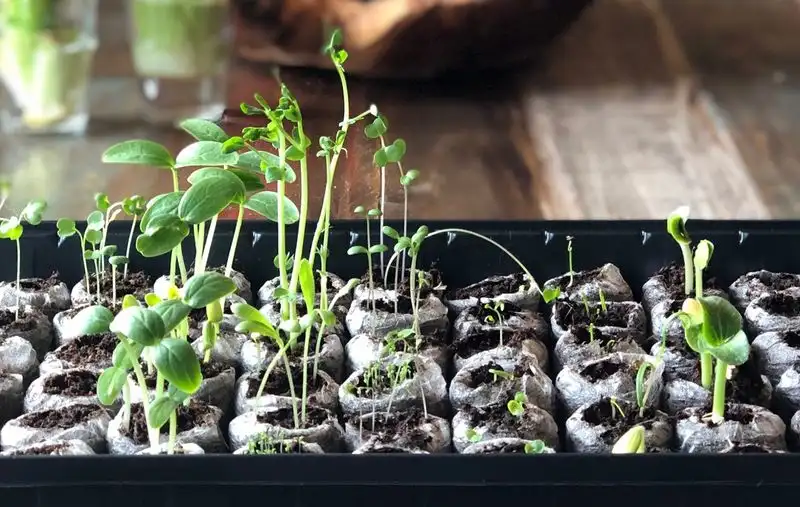
Starting seeds is the beginning of a plant’s journey. It requires precision in planting depth, spacing, and moisture control. This task can be time-consuming but is gratifying as you nurture young plants. Proper seed starting lays the foundation for a successful garden. The process involves selecting quality seeds, using the right soil mix, and providing adequate light. Seedlings grow into resilient plants, rewarding the gardener’s dedication. The joy of watching seeds sprout is worth the time invested.
Garden Planning
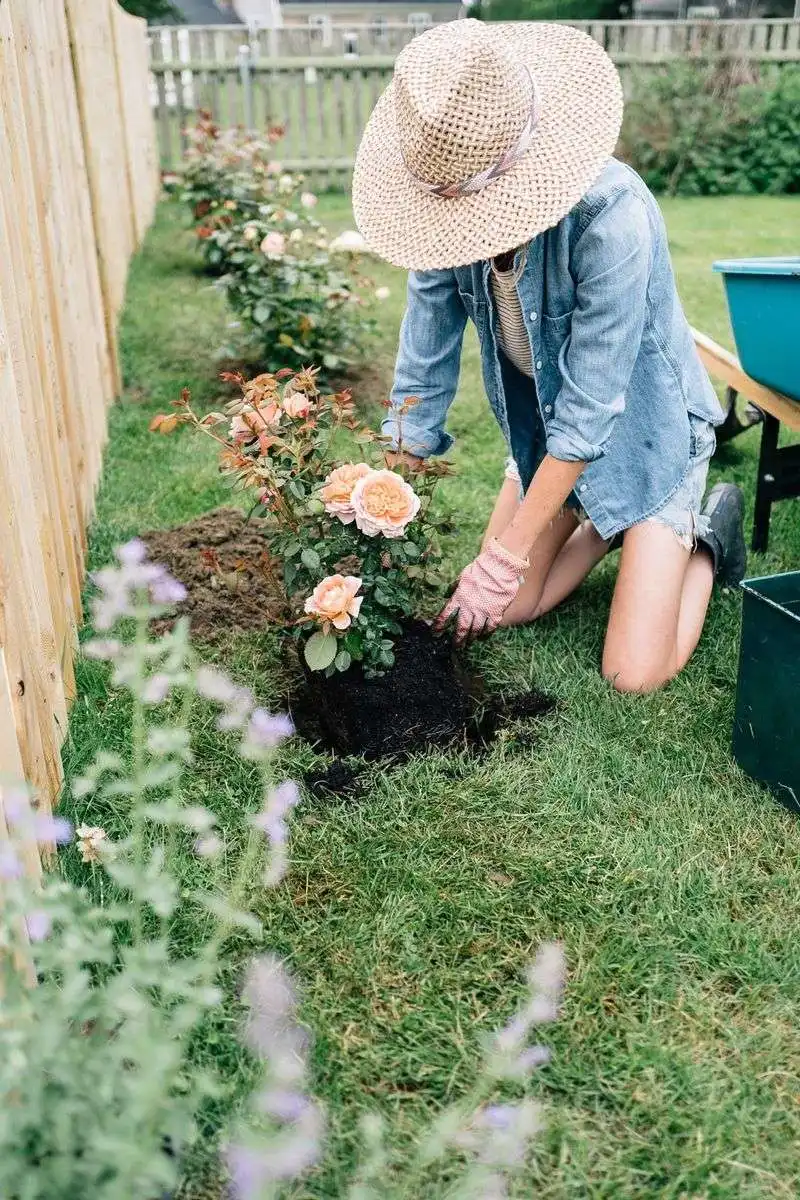
A well-planned garden is a thriving one. Planning includes choosing plant varieties, designing layout, and considering sunlight and soil needs. This task requires creativity and foresight. While it may seem daunting, a detailed plan saves time and resources in the long run. Understanding plant compatibility and growth patterns ensures a harmonious garden space. Planning also involves setting a timeline for planting and maintenance. A thoughtfully planned garden maximizes space and enhances aesthetics.
Pathway Maintenance

Garden pathways are both functional and decorative. Maintaining them involves cleaning, repairing, and sometimes replacing materials. This task ensures safe and pleasant navigation through the garden. Regular maintenance prevents moss buildup and weed encroachment. It requires attention to detail and consistent effort. A well-maintained pathway enhances the garden’s appearance and functionality. Though labor-intensive, the result is a neat and inviting garden environment.
Fertilizing
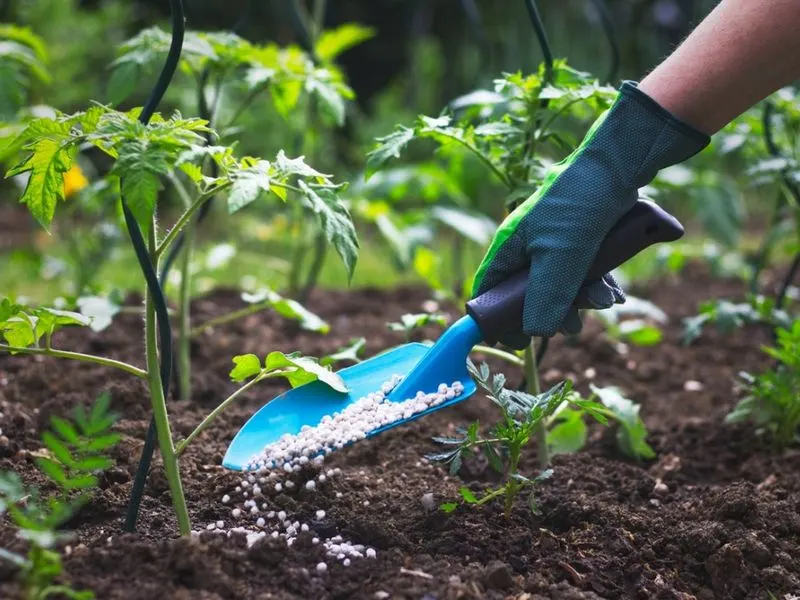
Fertilizing is crucial for plant nutrition and growth. It involves selecting the right fertilizer and applying it at the appropriate time. The task requires knowledge of plant needs and soil conditions. While it might be overlooked, proper fertilization ensures vibrant and healthy plants. It’s a time investment with rewarding results. Regular feeding supports lush foliage and abundant blooms. Understanding fertilizer types and application methods is essential for success.
Winterizing Plants
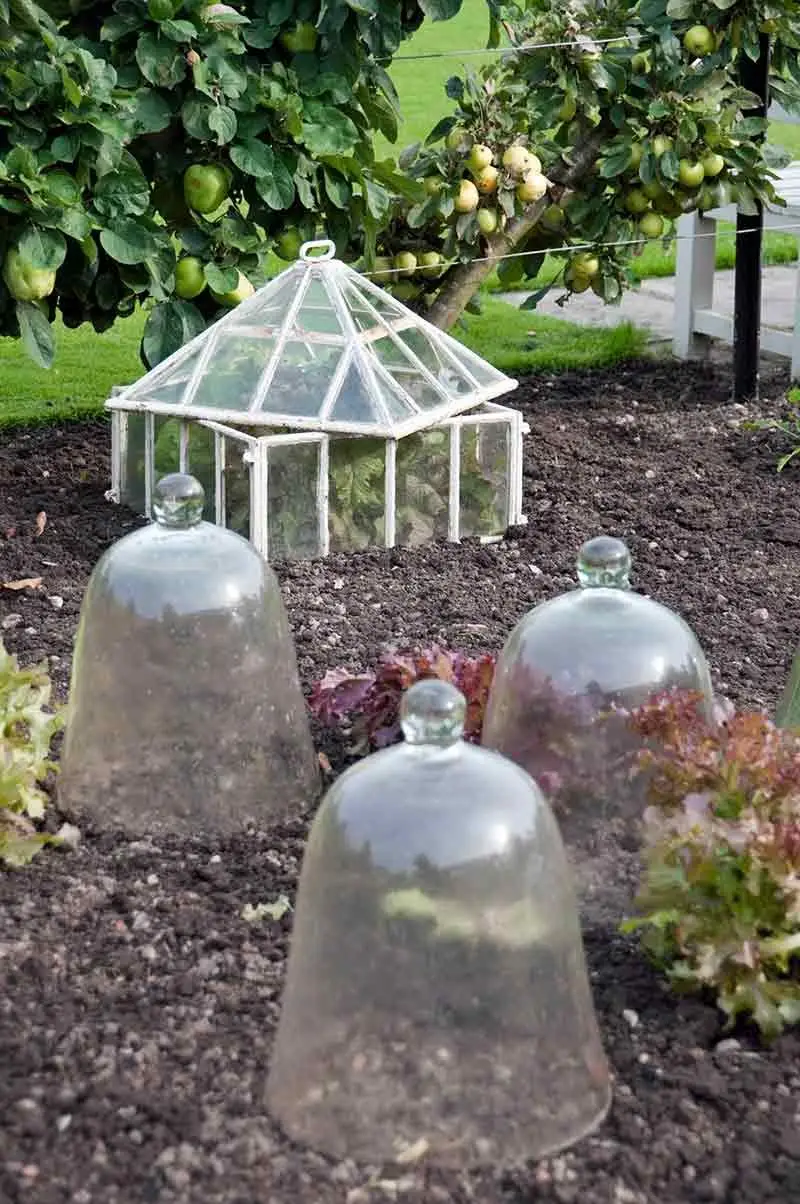
Preparing plants for winter ensures their survival through harsh conditions. It involves tasks like mulching, pruning, and covering sensitive plants. Winterizing requires foresight and effort, but protects plants from frost damage. The process includes assessing plant needs and implementing protective measures. Although time-consuming, it ensures plants emerge healthy in spring. Proper winter care results in a resilient garden ready to thrive in the warmer months.
Harvesting
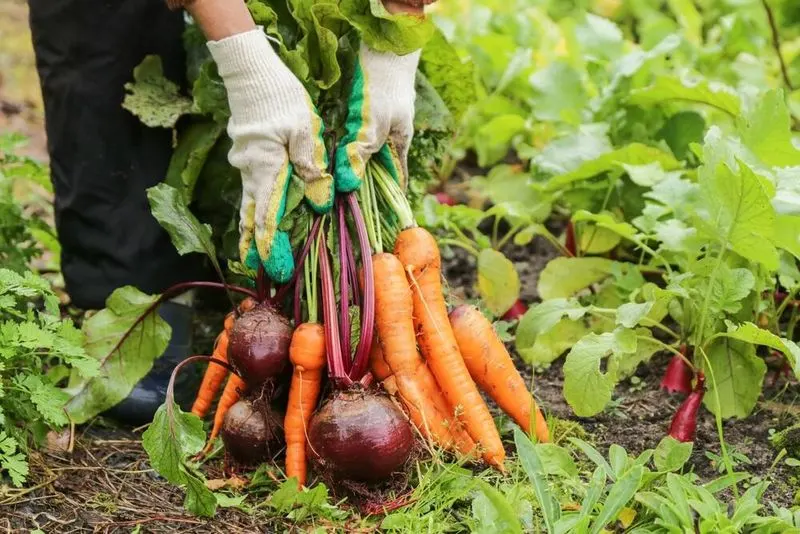
Harvesting is the culmination of gardening efforts. It involves picking fruits and vegetables at their peak ripeness. Timing is crucial to ensure the best flavor and nutritional value. While it seems straightforward, harvesting requires knowledge of each plant’s indicators of readiness. It can be a time-intensive task, especially in larger gardens. The satisfaction of enjoying homegrown produce makes the effort worthwhile. Regular harvesting encourages continuous production and prevents waste.
Plant Staking
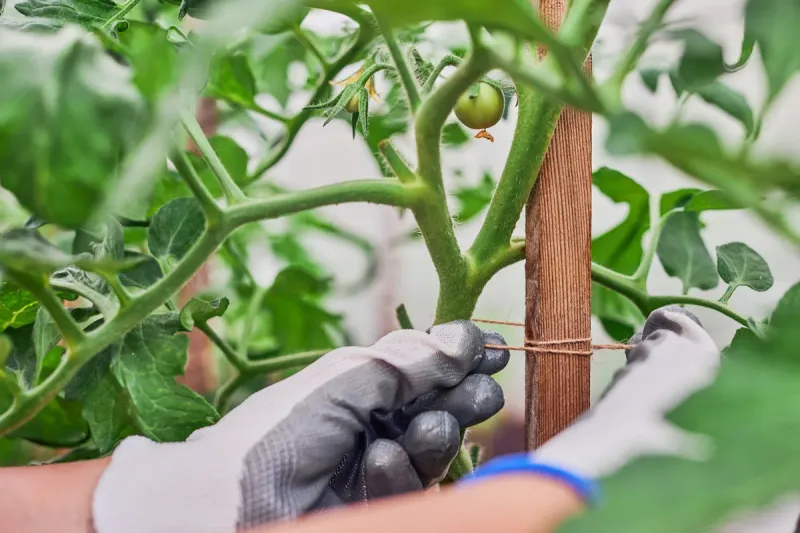
Staking provides support to tall and fragile plants. It prevents damage from wind and promotes upright growth. This task involves selecting the right stakes and tying plants carefully. Staking requires understanding plant growth habits and needs. Though it might be overlooked, proper staking prevents breakage and enhances plant health. It supports healthy development and reduces disease risk. The effort invested in staking pays off with stronger and more productive plants.
Thinning Seedlings
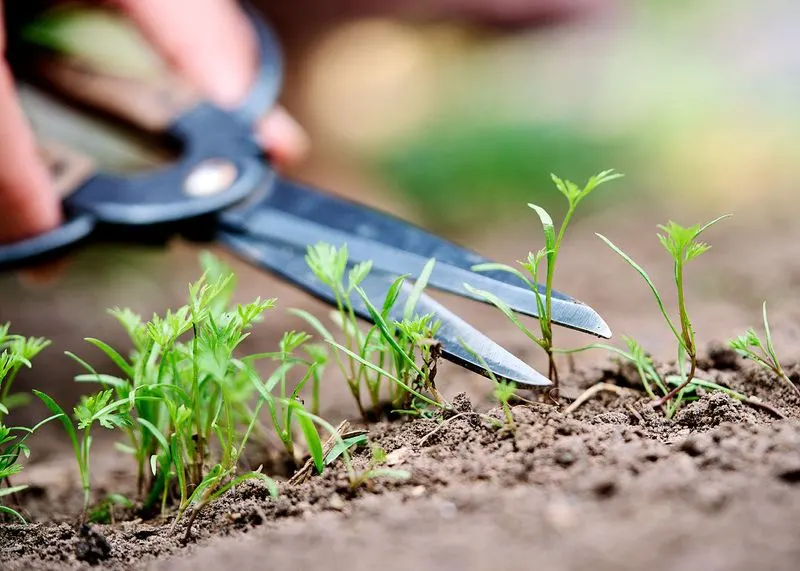
Thinning seedlings ensures adequate space and resources for growth. It involves removing excess seedlings to prevent overcrowding. This task requires precision and can be emotionally challenging for gardeners. Proper thinning promotes healthy and vigorous plants. While time-consuming, it is essential for successful seed starting. Ensuring adequate spacing supports robust root development and reduces disease risk. The result is a healthier and more productive garden.
Container Cleaning
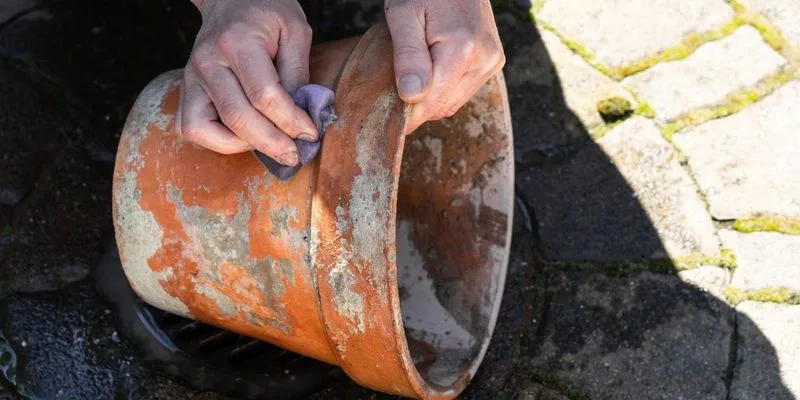
Cleaning containers prevents disease and supports plant health. It involves washing pots and removing old soil and debris. This task requires attention to detail and thoroughness. Regular cleaning reduces the risk of pest and disease issues. While it may seem tedious, clean containers promote healthy root growth. The effort invested in cleaning ensures a fresh start for new plants. A well-maintained container garden is more resilient and attractive.
Transplanting
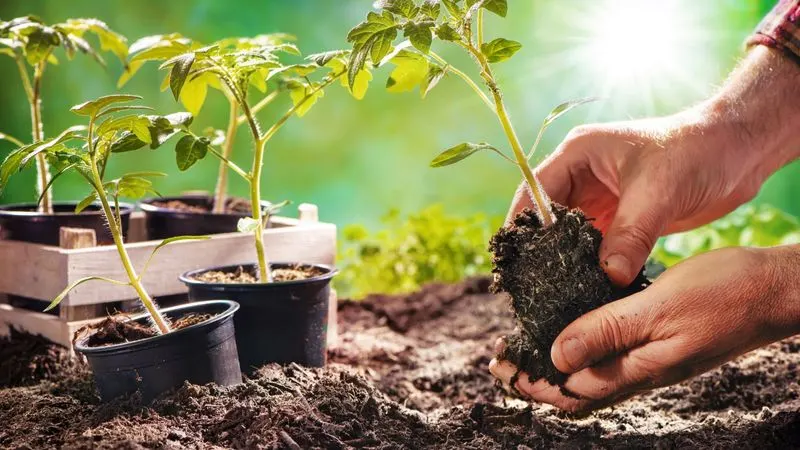
Transplanting is a delicate process that supports plant growth. It involves moving plants to larger spaces or more suitable locations. This task requires care to avoid damaging roots. Transplanting promotes healthy development and can revitalize struggling plants. While it demands precision and patience, successful transplanting enhances garden vitality. The process includes preparing new sites and ensuring proper planting depth. A well-executed transplant supports vigorous growth.
Edging
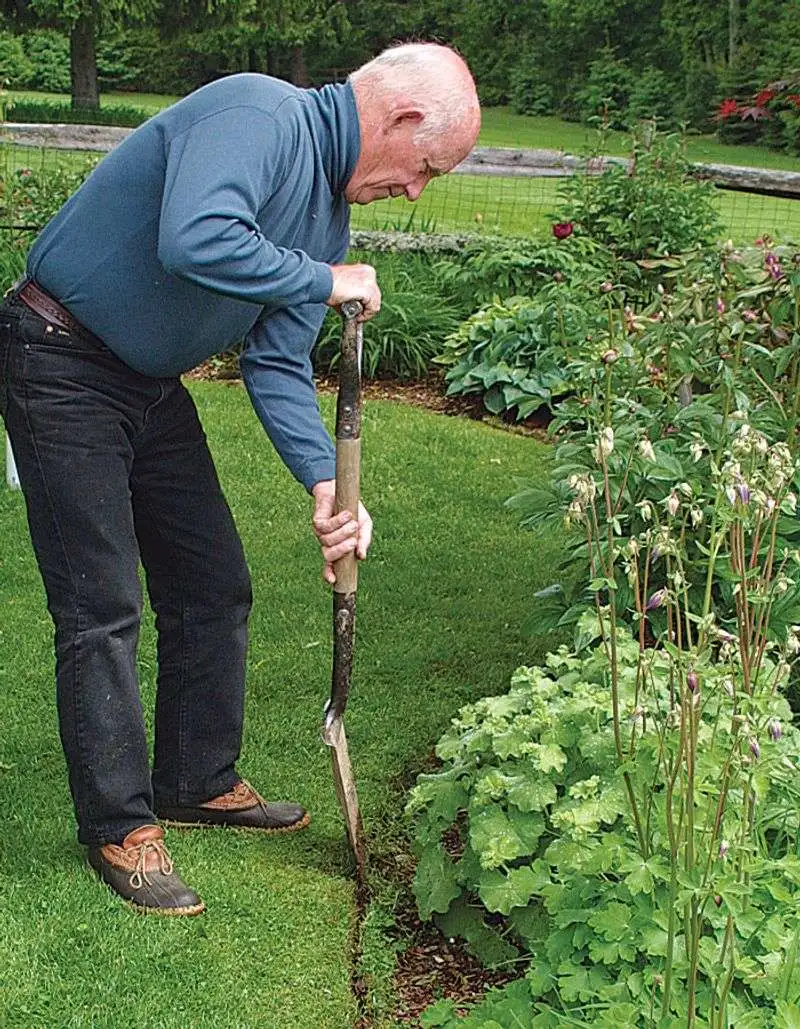
Edging defines garden boundaries and adds a polished look. It involves cutting clean lines between lawn and garden beds. This task requires precision and can be physically demanding. Regular edging prevents grass encroachment and maintains a tidy appearance. While labor-intensive, it enhances garden aesthetics and functionality. The effort invested in edging creates a neat and organized garden space. A well-defined edge showcases plantings and improves overall garden structure.

